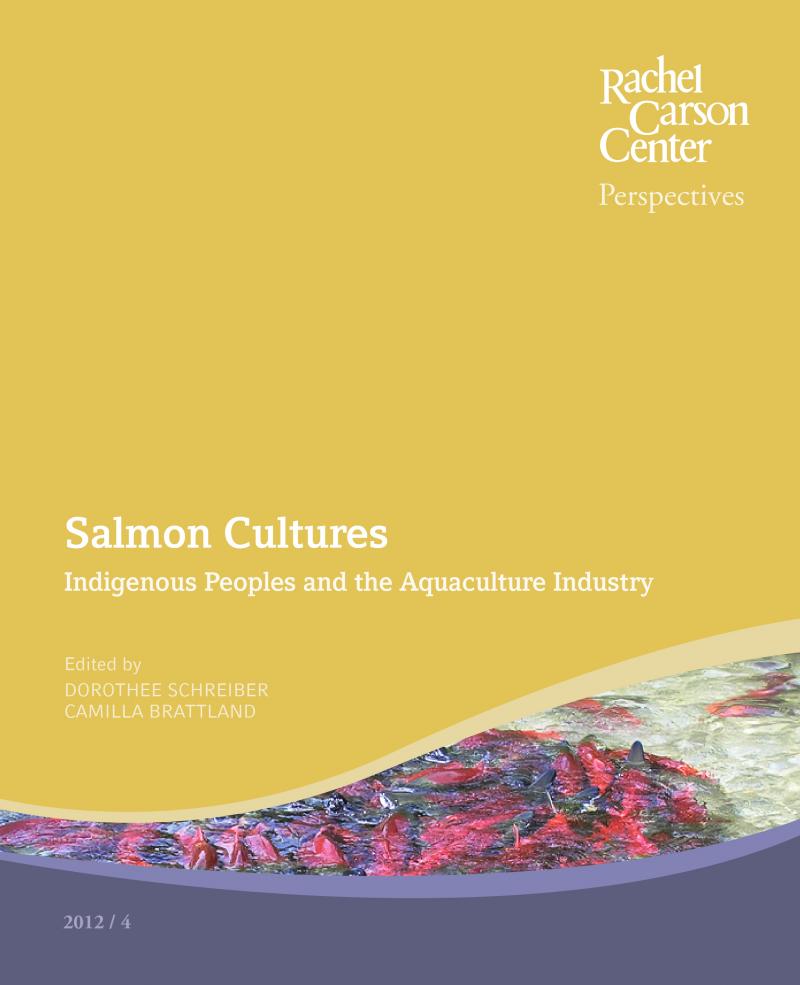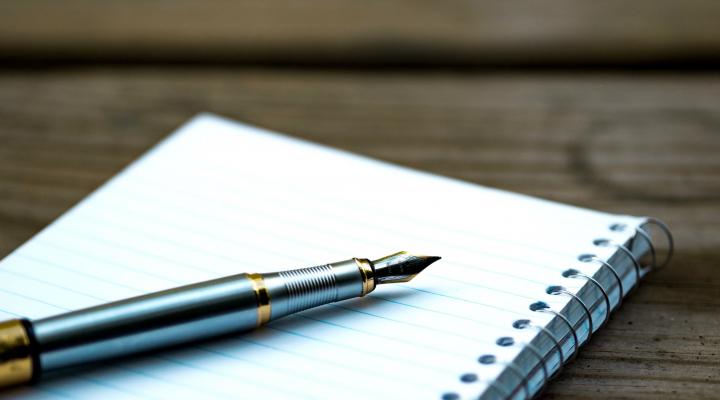About this issue
The coastal indigenous peoples of Canada and Norway have in common a globalized salmon aquaculture industry. They are also linked by their reliance on the wild salmon—lineages of fish whose futures are intertwined with their own as indigenous peoples. In this volume of RCC Perspectives, diverse salmon cultures—from the aquaculture industry and biology, to northern Sami and First Nations—speak about life and work with salmon.
How to cite: Schreiber, Dorothee, and Camilla Brattland (eds.), “Salmon Cultures: Indigenous Peoples and the Aquaculture Industry,” RCC Perspectives 2012, no 4. doi.org/10.5282/rcc/5594.

Content
- Introduction by Dorothee Schreiber and Camilla Brattland
- A Mi’gmaq Perspective on Wild Salmon Management and the Salmon Farming Industry by Fred Metallic and Isaac Metallic
- Fishing Traditions on the Deatnu (Tana) River by Håvald Hansen
- Delay, Deny, & Distract: Musgamagw-Tsawataineuk Experience with the Aquaculture Industry by Bob Chamberlin
- From Trench Warfare to Dialogue: Marine Harvest in British Columbia by Jørgen Christiansen
- A Place Called Tana by Bjarne Johansen
- The Role of the Norwegian Sami Parliament in Salmon Management by Marianne Balto
- Fish Farming—Threat or Blessing for Traditional Sami Settlements on the Barents Sea Coast? by Steinar Pedersen
- Miawpukek Mi’gmaq Experience with Salmon Farming and Wild Atlantic Salmon Management by Ross Hinks
- From Opposition to Understanding: An Overview of Ahousaht’s Relationship with Fish Farms in their Ha’houlthee (Traditional Territories) by David Frank, Paul Robinson, and Wally Samuel
- Wading through the Science and Sensationalism of Fish Farming in Ahousaht’s Traditional Territories by Katie Beach
- Sustainability in Fish Farming: Global and Local Challenges and Opportunities by Otto Andreassen
- Summary and Concluding Remarks by Camilla Brattland and Dorothee Schreiber


